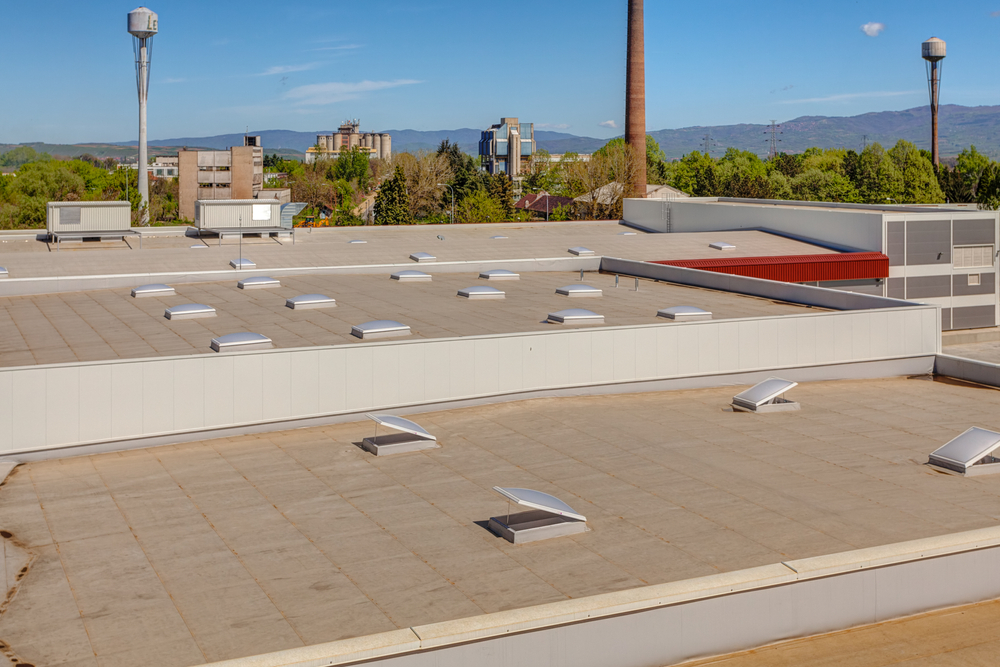What is Commercial Roofing?
Both residential and commercial roofing systems serve the same purpose, which is to protect property. When it comes to the materials that were used to construct and install them, they are very unlike. Single-ply (TPO, PVC, EPDM), concrete, modified bitumen, built-up roofing systems, tar and gravel, and other materials are frequently used in commercial roofing systems. Residential roofs are often built of asphalt shingles or concrete tiles, depending on the weather.
Since there are more possibilities for commercial roof systems than for residential roofs, you should do your homework and pick a reputable contractor who provides a wide range of commercial roofing services if you want results you can count on.
Types of Commercial Roofing Systems
- The BUR Membrane or built-up Roofing
The typical tar and gravel roof system is built-up roofing, or BUR roof. It has several layers or heaps, which increase the system’s toughness. If you’re looking for a low-slope roof system that is both strong and affordable, BUR is a great alternative.
- Metal Roofing
A common style of commercial roof is metal roofs. They come in a variety of materials, such as metal tile sheets, corrugated galvanized steel, stainless steel, stone- and silicon-coated steel, copper, aluminium, zinc, and tin aggregates, among others. Commercial metal roofing systems are strong and have excellent fire resistance ratings.
- Modified Bitumen Roofing
A modified bitumen commercial roofing system, also referred to as mod-bit roofing, is made up of layers of bitumen and reinforced roof materials. To offer optimum safety and stability, it is fastened to rooftops using two-ply methods. Compared to other commercial flat roofs, modified bitumen roofs offer enhanced tensile strength and are simple to maintain. If you expect a lot of activity, this commercial roof is a great choice
- Green Roofing System
Recently, green roofs have gained popularity as a sustainable solution for buildings. They can boost productivity and deal with drainage and water issues. Commercial roofing materials made of them are also aesthetically beautiful and environmentally friendly.


